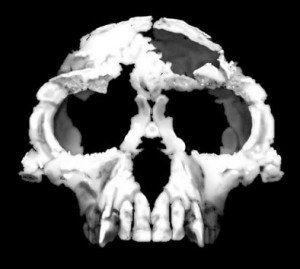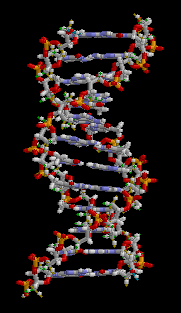In my “Links to Investigate” section, I recently added Red Wagon Tutorials. This is a business set up by the most talented teacher with whom I have ever worked. Not surprisingly, he is a young-earth creationist, and he recently forwarded me an E-MAIL that demonstrates what happens when a great young-earth creationist teacher uses great young-earth creationist materials in class. Here is the E-MAIL:
Dear Mr. Rosenoff,
I was in your 2006-2007 TPS highschool Biology class and then in your 2007-2008 TPS highschool Marine Biology class. I am currently in my second year of college/senior year of highschool. I wanted to let you know how much taking your classes has helped me and shaped my career path. In my first year of college I took BI143, Marine Biology. I learned more in your class than I did in the college class. Also, without everything you
taught me about marine biology, lab procedures, and note taking, I wouldn’t have received one of the few A’s in the class. Currently I am taking BI102, cellular biology. So far everything has been review. The time you took to explain all the concepts, especially genetics, has really helped me excel in this class. My teacher is constantly shocked that I always know the answers or am one step ahead of the class because of what I remember from your biology class 3 years ago.
Also, because of how amazing your classes were, in the fall of 2011, I will be transferring to OSU to major in biology with a premed emphasis. I am also hoping to attend a medical school that has a joint M.D. / Ph.D. program so I can continue in biology. If all goes as planned, I will have my Ph.D. in biology by the time I am 28. Thank you so much for all the time you took to make biology fun and interesting to me. Your classes were the first time I had actually enjoyed science.
Note that this student is in her second year of college and her senior year of high school. Not only is she well ahead of most of her peers, she is clearly excelling in her college-level courses. While her own hard work and the fact that she is being homeschooled both play a large part in her success, note who SHE credits. She credits Mr. Rosenoff. That’s the power of an excellent teacher.
Of course, this kind of E-MAIL also shows how ignorant some evolutionists are when it comes to education. Remember that not too long ago, an AP news article discussed young-earth creationist science texts, including those that I wrote. Remember what Dr. Jerry Coyne said in that article:
“If this is the way kids are home-schooled then they’re being shortchanged, both rationally and in terms of biology,” Coyne said. He argued that the books may steer students away from careers in biology or the study of the history of the earth.
This E-MAIL clearly shows just how wrong Dr. Coyne is. This young lady was definitely not shortchanged when it comes to her science education. She is way ahead of her peers when it comes to science. In addition, far from steering clear of a career in biology, she is going for her MD/PhD.
It’s really too bad that people like Dr. Coyne are more committed to dogma than to science. If Dr. Coyne were really interested in producing excellent students who are excited about science, he would not make such ignorant comments about quality science textbooks!




